 Home
Gallery
Contact
Events & Projects
Projects: 2019 On
Film & TV
Archive & Links
Home
Gallery
Contact
Events & Projects
Projects: 2019 On
Film & TV
Archive & Links
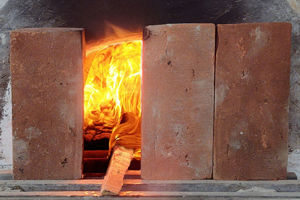
 Home
Gallery
Contact
Events & Projects
Projects: 2019 On
Film & TV
Archive & Links
Home
Gallery
Contact
Events & Projects
Projects: 2019 On
Film & TV
Archive & Links
|

|
2022 Furnace ('Phoenix') and Lehr at Quarley - 'Phoenix' Firing Three - Furnace Performance & Lehr
Projects: 2019 Onwards
Wood Gathering and Processing
Phoenix Firing Three
Repairs after Firing Three
Phoenix Firing Four
Phoenix Firing Five
The New Shelter Floor
The Electric Kiln
Rebuilding the Lehr
Etna Build and Firings
General Photos
Vesuvius Firepit Build
Vesuvius Superstructure Build
Vesuvius Firings
Repairs after Firing Five
Phoenix Firing Six
------------------------------------------------
Furnace Performance and Lehr Pots, Collars and Breakages Glassblowing
|
Furnace Performance
Fuel Use
To fire the furnace to an average working temperature of 1056°C (actually closer to 1070°C), we used 892.5 kilos (0.8925 tonnes) of wood over six days, at an average rate of 16.05 kilos per hour, or 148.75 kilos for each average 9.29 hour firing day. Although higher than Phoenix Firing Two (14.37 kg/hr at 1024°C), this was to be expected as we were running the furnace at an average temperature of 32°C higher. The addition of the two upper shelves did not appear to affect the firing. The pots were more stable as they were not balanced on tall pot supports, and the layer of sand did much to contain the spillages of molten glass (but see Pots, Collars and Breakages for photos and a short discussion) |
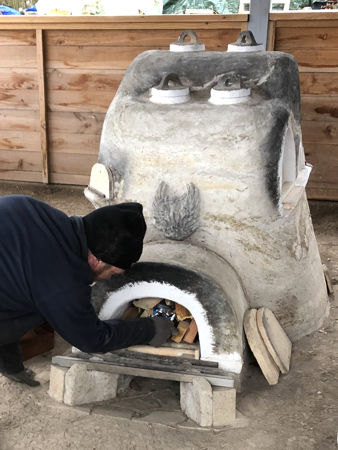
|
|
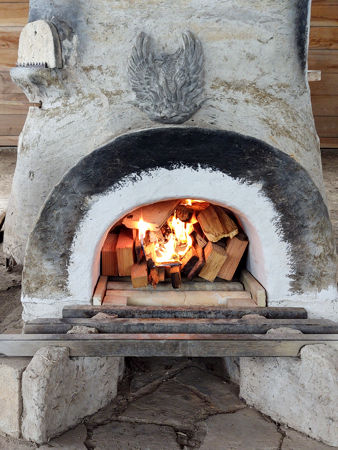
|
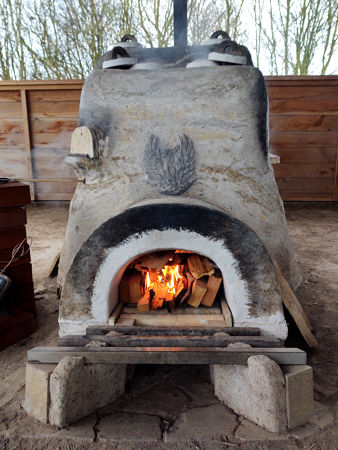
|
|
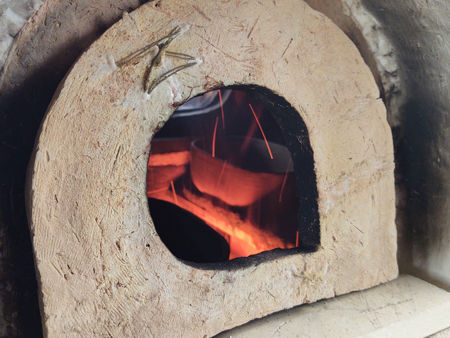
|
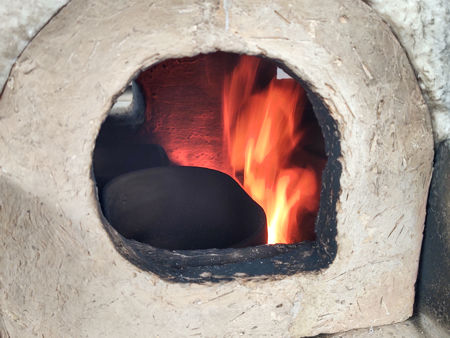
|
|
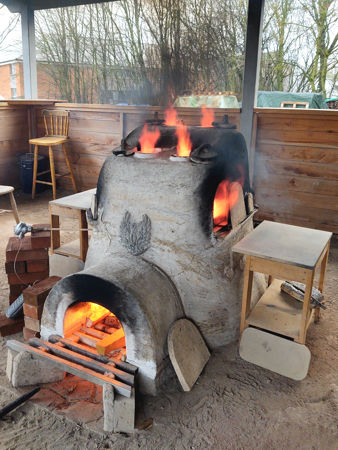
|
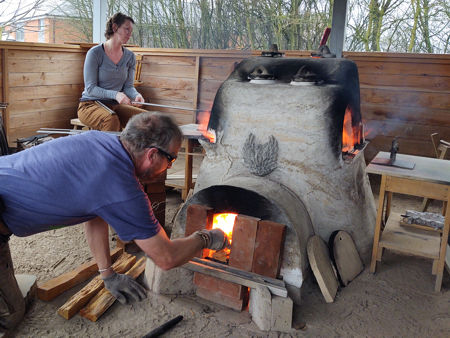
|
|
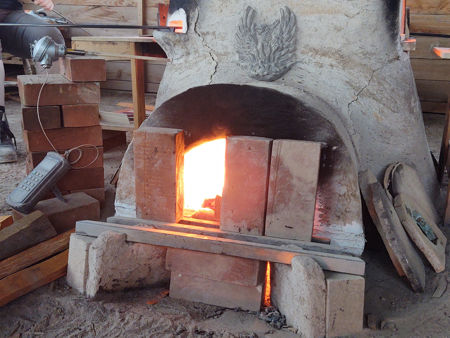
|
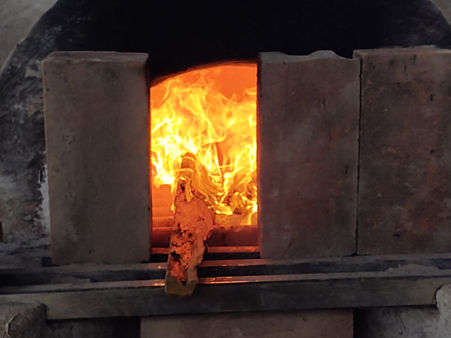
|
|
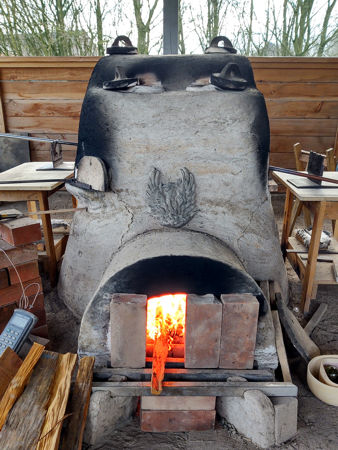
|
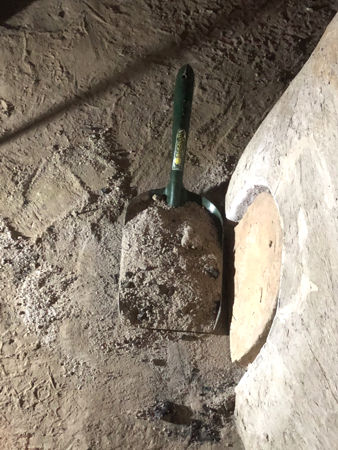
|
|
Lehr Performance
Glass, Glass Attack and the Lehr:
Following the success of closing down the air intakes on the furnace during Firing Two, we tried narrowing the lehr stoke hole to let in less air, but only for the last two days. Although we need more data to give us more accurate figures, the initial indication is that we saved just under one kilo per hour of a mixture of timber, including Opepe. (Fuel use before narrowing: averaging 5.25kg/hr, after narrowing: 4.3kg/hr.) Narrowing the stoke hole did not result in an appreciable lessening of surface bloom (the cloudy deposit gained whilst the hot glass was in the lehr was still present, and as usual, washed off). It is worth mentioning that we don't see breakages relating to the temperature of the lehr. We attribute this to not allowing the temperature to drop below 450°C, and to the double, insulating lower shelf which helps to avoid hotspots in the annealing chamber. |
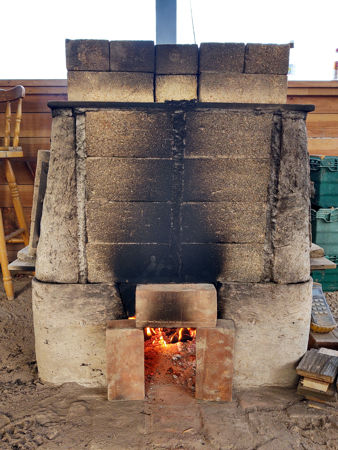
|
|
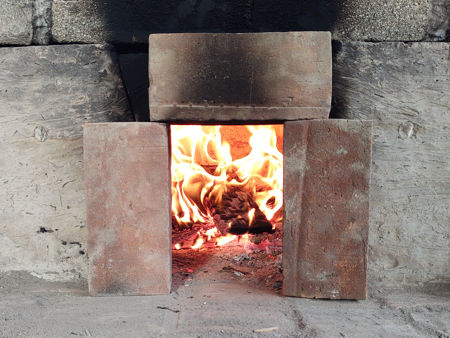
|

|
|
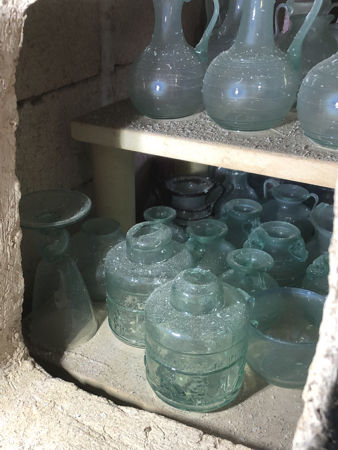
|
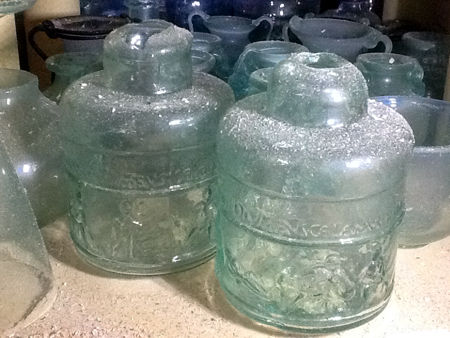
|
|
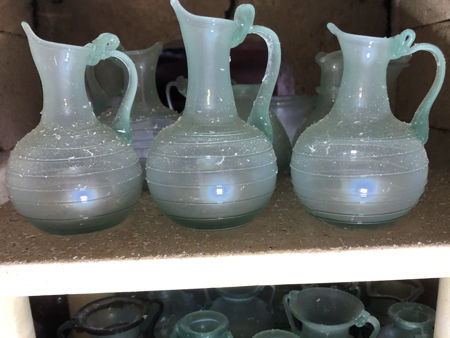
|
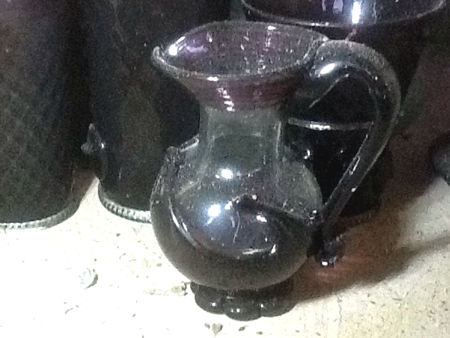
|
|
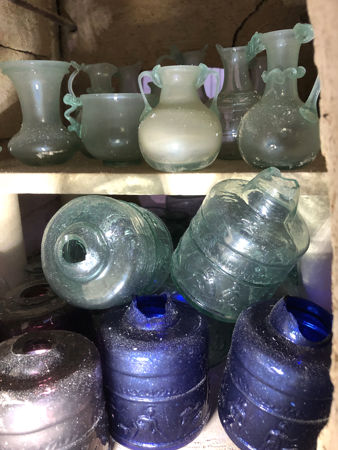
|
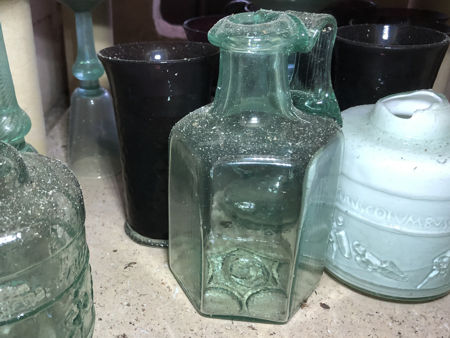
|
|
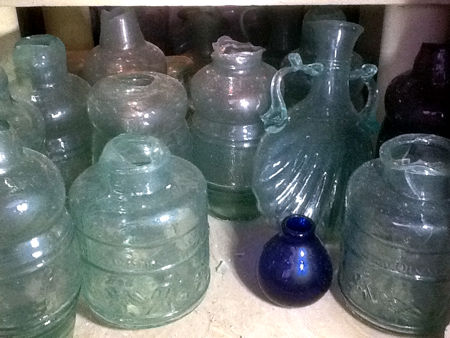
|
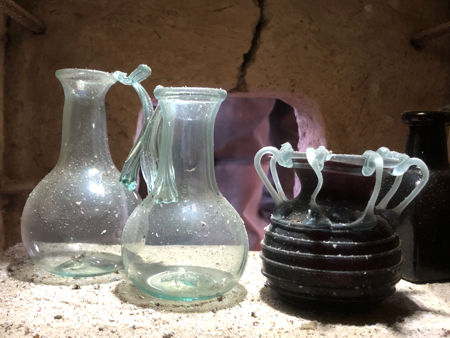
|
|
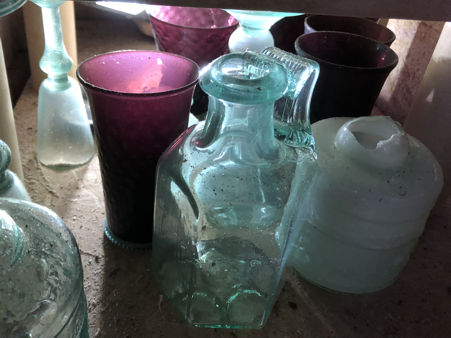
|
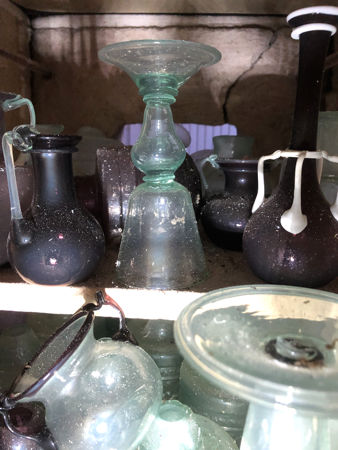
|
|
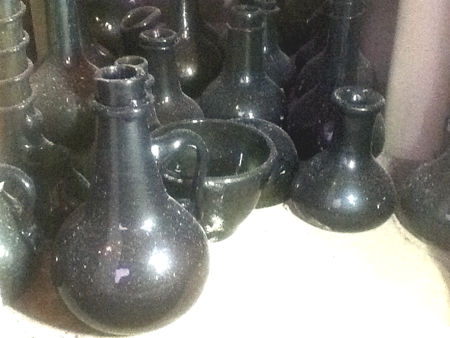
|
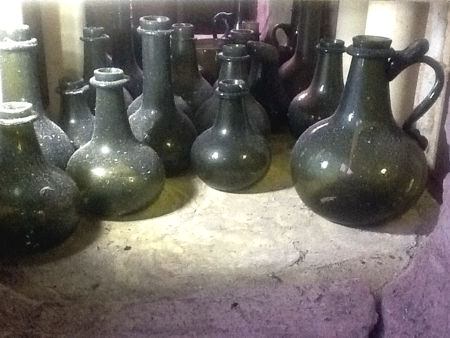
|
|
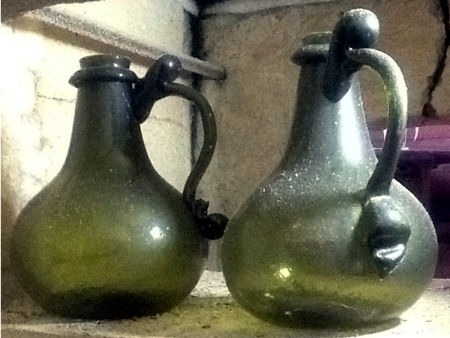
|
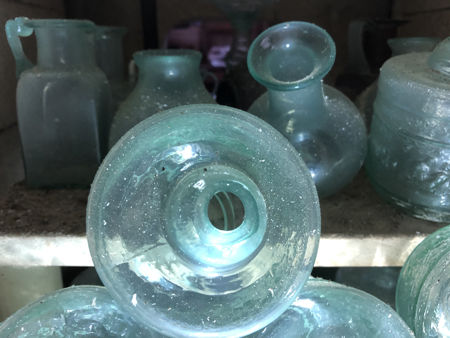
|
|
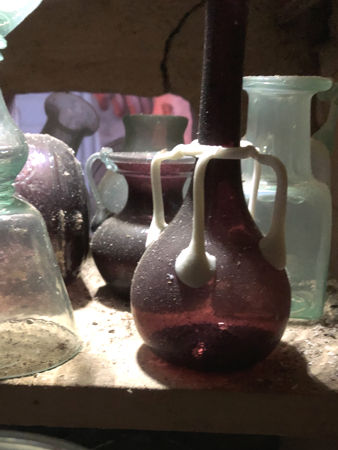
|
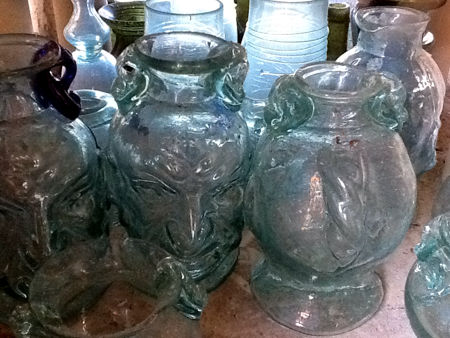
|
Home Gallery Contact Events & Projects Projects: 2019 Onwards Film & TV Archive & Links